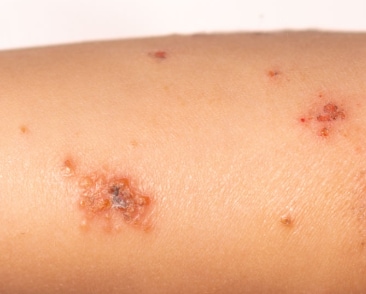"Climate Literacy: The Essential Principles of Climate Science presents information that is deemed important for individuals and communities to know and understand about Earth’s climate, impacts of climate change, and approaches to adaptation or mitigation. Principles in the guide can serve as discussion starters or launching points for scientific inquiry. The guide aims to promote greater climate science literacy by providing this educational framework of principles and concepts. The guide can also serve educators who teach climate science as a way to meet content standards in their science curricula.
Teaching Climate
Climate science and energy are complex topics, with rapidly developing science and technology and the potential for controversy. How can educators effectively bring these important subjects into their classrooms? There are many ways to approach climate and energy depending on the grade level, course topics and instructional method. Yet no matter the pedagogic setting, using a literacy-based approach can provide a sound foundation to build learners' understanding of these topics. The Teaching Climate section will support the Next Generation Science Standards (NGSS) Implementation through an integrated Earth system science approach in K-12 education.
The following set of climate literacy principles provides a framework for teaching the science behind these issues. Each summary links to a more detailed discussion of what makes the topic important, why it can be challenging to teach, and suggestions for grade-level specific teaching strategies and links to relevant teaching materials..."
Climate Literacy
